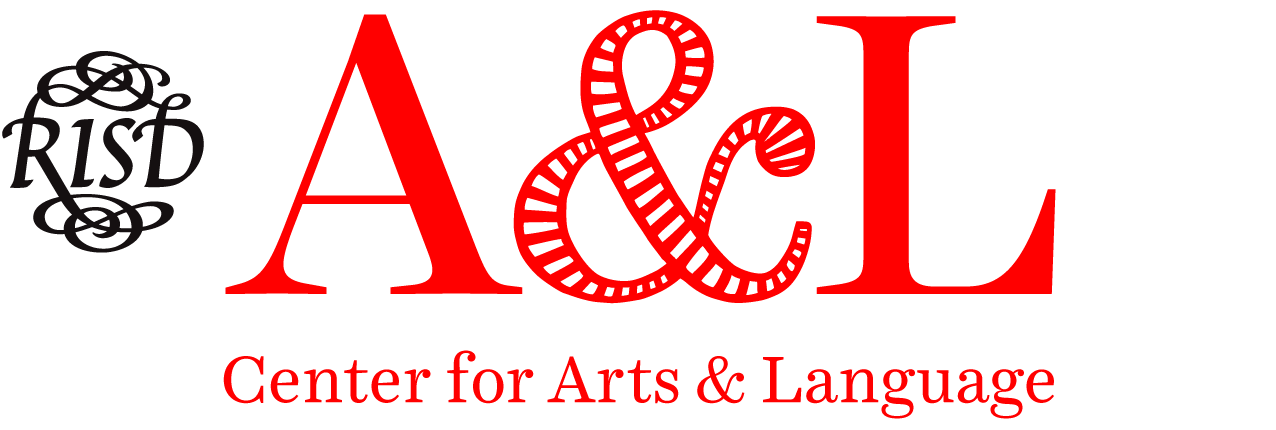Pre-Writing: Brainstorming and Organizing
As the name implies, pre-writing happens before a draft, and its purpose is to generate the content and structure of the writing yet to come. Prewriting looks different for everyone, but the following strategies can help you draw on prior knowledge, find inspiration, stay organized and focused, and move past the intimidation of the blank page.
Brainstorming
Brainstorming means free-associating spontaneous and random ideas. It frees up the sub-conscious to ask questions and make connections. Here are a few techniques:
Freewrite
Writing non-stop on a topic, question, or prompt. Don’t let yourself pause for even a moment.
Set a timer for five minutes or three minutes, or just let yourself go as long as you can.
If you can’t think of what to write, scribe the alphabet or something rote, or even
“I don’t know what to write about...” until your mind comes up with words.This is just for you, so don’t worry about spelling or transitioning between ideas. Just go with the flow of your own thoughts.
Try writing in your first language at this point; you can always translate the key
vocabulary and write in the language of your audience later.Turn off your screen or close your eyes to stay focused on new thoughts (and not distracted by reading)
Look for programs designed for this activity, like The Most Dangerous Writing App that deletes all progress if you stop typing.
Looping
After freewriting, review what you wrote and find an interesting idea or key word or phrase. Use that as a starting point or new prompt and continue to freewrite.
Set another timer, if you like, but feel free to go beyond it if you’re
getting somewhere good.You might repeat the process to get closer and closer to an idea
that inspires you and feels worth writing about more formally.
Listing
Write ideas down quickly in a vertical column as they occur.
Don’t worry about hierarchy, organization, or connectivity.
Having some kind of limit is helpful; try setting a 3-minute timer, filling a single sheet of paper, or generating 10 list items.
Doing any of these with a partner or tutor is a big help. You can talk through ideas and dead ends together, and they often bolster confidence in strong or interesting ideas.
Organizing
Organizing means making connections between ideas, discarding what’s not relevant, and noticing gaps in knowledge or argument. Many writers focus on getting their ideas into words first and use a process like reverse outlining to organize a draft. Other people like having a structure to build from, in which case the following strategies may be helpful.
Clustering or Mind-Mapping
This is a visual way to both generate and organize ideas.
Start with your topic or prompt in a circle at the center of the page.
Add a circle for every aspect of that topic or idea in response to the prompt, radiating out from the center like branches extending outward from a tree.
Fill in more details with more radiating circles; ask who/what/where/when/why at dead ends to generate more ideas.
Don’t be afraid to include “bad” ideas or topics you probably won’t use later.
Try to cluster related topics, and draw lines to show new connections.
Pictured is an example mapping out a formal analysis of Lynda Benglis’s sculpture, Zita:
Outlining
Create an order for your content and a strong, supported structure for your writing.
On a more minimal scale, create a list of points you plan to make, usually breaking down a thesis statement or claim into smaller parts.
The more detail you include at this stage, the easier it is to fill in later as you write.
For a more formal outline, include the following for each point/paragraph:
The specific idea and how you’ll unpack it (may become a Topic Sentence)
Evidence to be analyzed (an observation, a quote from a relevant text, etc.)
What does this mean? What do you want us to see or understand?
How does this connect to or support the main idea above?
Look for opportunities to add points, provide stronger evidence, or change the order.
Here is an example of a more formal outline, using the same Lynda Benglis sculpture.
Color suggests traditional femininity
A.pink and pastels = baby girls
B. metalic = glam, girls’ night out
C. beige = soft, clean, domestic (laundry)different forms of traditional and stereotypical femininity, all constructs
Shape is at once free and natural as well as grotesque and uncomfortable
A. rounded loops and amorphous shapes = organic, free
B. impression of intestines, sagging, tangled and static = bodily, grotesque, uncomfortable
dichotomy of experience in a powerful and natural body that’s constrained and minimized by patriarchy, turns into pain and powerlessness
Related Resources
The Writing Process
Inspiration App (mind-mapping)
MindMeister (collaborative mapping)
Reverse Outlining




